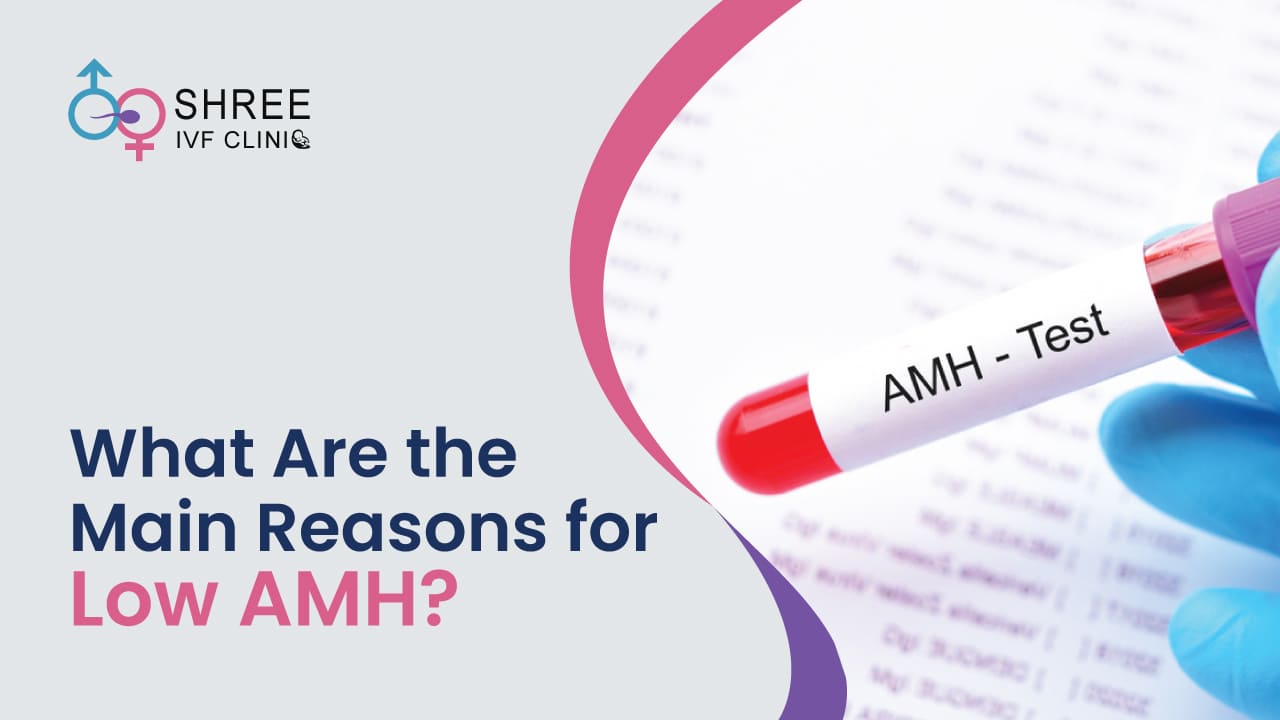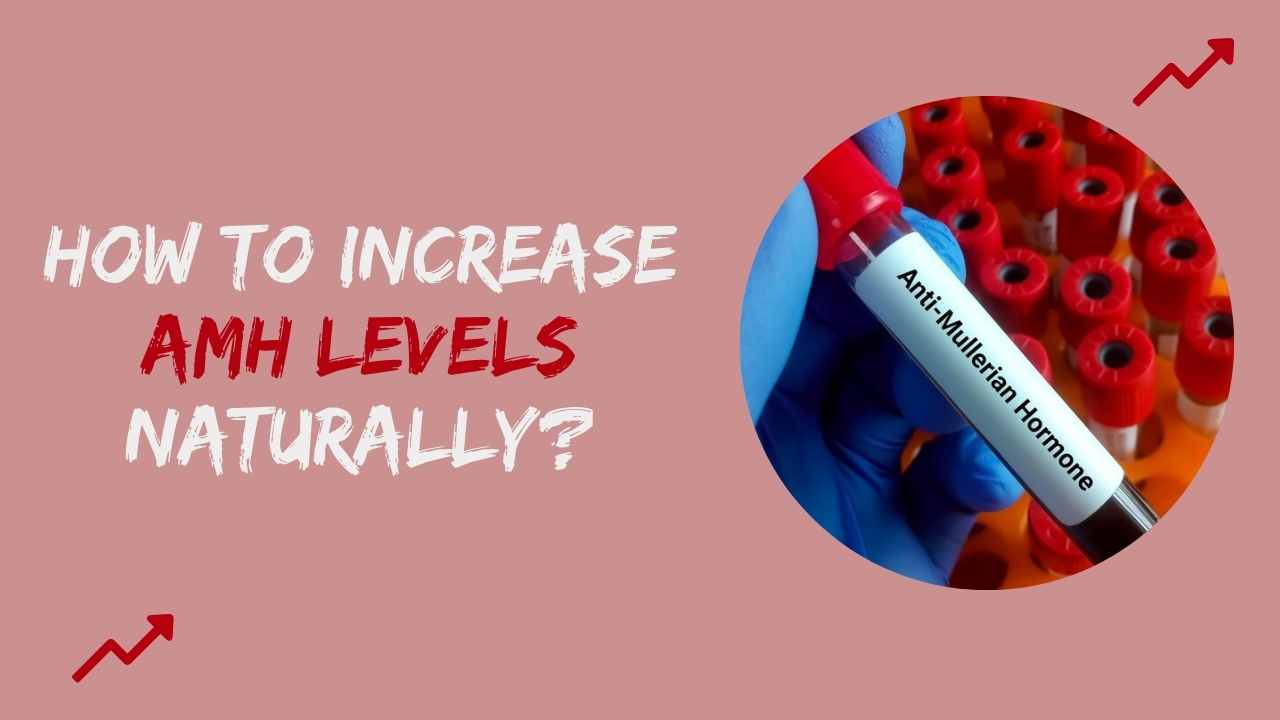Why is the AMH test important before IVF?
UPDATED ON 25 Feb. 2021
Are you someone who is facing difficulties in conceiving for a long time and now you are thinking to give IVF a shot? If yes, you are in the right place where you will get all the basic information about IVF. Before trying advanced fertility treatments like IVF, it is very important to understand its basics. Today this blog is about in vitro fertilization and its meaning.
We all have heard about IVF as it has become a ray of hope for couples who face problems in having a baby by natural means. The list of problems may be endless and may require specific treatments. IVF has now become a popular treatment that has helped many patients to become parents and complete their family. But what is this IVF?
Let’s look at the full form of IVF, which is In Vitro Fertilization. If we divide these three terms, we can understand the basic meaning of IVF with just three words. Now in medical terms, whatever happens inside our body is known as In Vivo and something that happens outside the body, or in the lab, is called In Vitro. And the third word is fertilization, which is the fusion of an egg and sperm.
AUTHOR
Dr Jay Mehta
Scientific Director & IVF Specialist with 10+ years of experience
TREATMENT
CONDITION
GET IN TOUCH ON
After joining these three words and their individual meanings, we can now say that: IVF is a fertilization process practiced in a laboratory. To understand the deep meaning of IVF treatment, it is important to understand the basics of natural conception, first. Now, during sexual intercourse, sperms get discharged from the semen and go into the vagina. These sperms then swim up to the uterus and enter the fallopian tubes.
Just like men have sperms, women liberate eggs from the ovaries. There are two fallopian tubes and two ovaries each on one side. When ovaries release eggs, they are captured or caught by a fallopian tube and travel towards the uterus. In transferring eggs, a fallopian tube acts as a pipeline that transfers the eggs from the ovaries to the uterus.
In the human body, the fertilization process takes place in the fallopian tubes, where a sperm defuses an egg, and zygote or an early embryo is formed. After the sperm fertilizes the egg, the embryo divides and takes up to five days for an embryo to reach the uterus. During these five days, the embryo comprises over 100 cells, which are medically known as blastocyst.
Now, if all the conditions in the uterus are adequate, the embryo gets implanted on the wall of the uterus, and pregnancy begins. This happens in a natural pregnancy. Once the implantation is done, the lady would miss her menstrual cycle and confirm the pregnancy by doing a pregnancy test. Only after the test, she will know if she’s pregnant or not.
Now if there’s any problem in any of the elements of this natural fertilization process, like a problem in sperm, or any problem in the eggs, ovaries, or the fallopian tubes, this natural process of conception is not possible. After we find out that there is a problem in any element, we help the couples and suggest IVF procedure, in which we do this whole fertilization inside a laboratory.

4,790+
379K+
” Every individual and couple’s journey is unique, and
finding the right solutions tailored to their specific
circumstances can make all the difference “
In this IVF treatment, we start by collecting a sperm sample from the male partner. Along with the sperms, we collect eggs from the female partner after giving a sufficient amount of injections so we can collect a good quantity of eggs. After the collection of sperms and eggs, we fertilize them in the laboratory by different techniques.
These techniques include the IVF and ICSI techniques whose selection depends upon the patient to patient. In the IVF technique, we place eggs into a dish onto which we sprinkle the sperms upon them. The sperms then choose the egg on their own and fertilize it. On the other side, the ICSI technique is done by an embryologist. In this technique, an embryologist or an IVF specialist manually selects an egg and a sperm and then fuses them manually.
This whole fertilization is an artificial process that is done in the lab. After this fertilization is done, we allow the embryo to grow. When it’s the right time, we transfer this embryo into the uterus and wait for its implantation.
This is not over because IVF is a broad topic and has many subsections that we will cover in our subsequent blogs. The most important thing to remember is that IVF is a safe procedure and the child that will be born will be your own biological child because IVF is done by the sperm of the father and the egg of the mother. The babies born with IVF procedures are as healthy as a natural baby.
AUTHOR
Dr Jay Mehta
Scientific Director & IVF Specialist with 10+ years of experience
TREATMENT
CONDITION
CALL US 24/7 FOR ANY HELP
GET IN TOUCH ON
Share Article on
Recommended Reading
What Are the Main Reasons for Low AMH?
AMH is also known as the Anti-Mullerian Hormone. The level of AMH indicates the chance of getting pregnant in women.
How to Increase AMH Levels Naturally?
If you have been diagnosed with low AMH, you may be wondering what you can do to increase your levels.
What is a good AMH level for IVF?
If you’re having AMH levels between 1.0-4.0 ng/ml, it is considered as a good or normal AMH level to get pregnant. AMH levels below 1.0ng/ml result in low egg count and are an indication of diminishing ovarian reserve.




